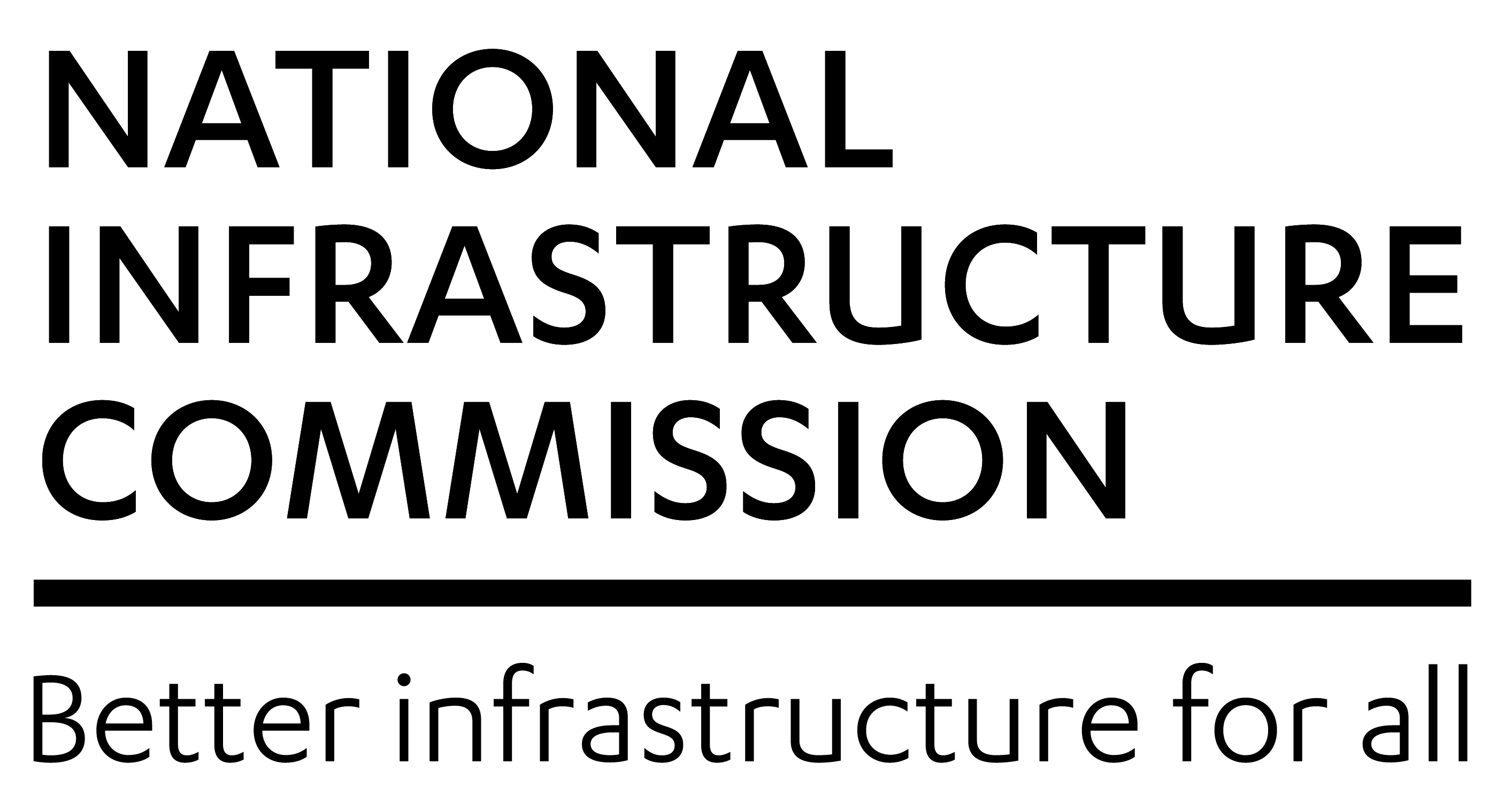Regen works to identify and overcome the strategic challenges to decarbonising power, heat and transport. We apply our expertise to the whole energy system to advocate for a fast and fair transition to net zero.
Learn more
Reform of grid, power markets and planning to accelerate the transition to a low-carbon, resilient power system – enabling the decarbonisation of heat, transport and industry.

Accelerating the pace of upgrading the nation's homes and buildings to be warm, low carbon and affordable to heat.

Local places that have the authority, responsibilities, capability and funding to achieve their net zero goals.

A thriving and diverse clean energy sector that creates economic opportunities, gives communities a stake and delivers affordable energy for all.

Our industry-leading events convene key players and expert voices on a range of critical and emerging topics.

Our mission is to transform the UK’s energy system – but we can’t do it alone. As a membership organisation, we bring together leading clean energy developers, businesses, local authorities, community energy groups and research organisations who share our mission. Together we're forging the path to a zero-carbon future.
On behalf of our members, we're working across areas affecting the whole energy system, including:





Regen is a trusted partner for clients seeking evidence-led insights and innovative solutions across the clean energy sector. We provide advisory services and work closely with our clients to ensure that evidence and impact are at the forefront of every project. Our deep sector knowledge and robust, data-driven evidence help clients navigate the evolving energy landscape and drive forward the transition to a low-carbon future.


















.png)


















.png)


















.png)


















.png)


















.png)


















.png)


















.png)


















.png)
Our mission is to transform the UK’s energy system – but we can’t do it alone. As a membership organisation, we bring together leading clean energy developers, businesses, local authorities, community energy groups and research organisations who share our mission. Together we're forging the path to a zero-carbon future.

Influence the direction of policy and regulation as part of a collective voice that is trusted and listened to by government, Ofgem, NESO and other key players. Meet directly with decision makers, engage in our working groups and feed into our consultation responses.

Raise your profile, develop business relationships and encounter diverse perspectives as part of a vibrant network of energy professionals. Join ReWiRE, our women in renewable energy network, and celebrate at our annual Green Energy Awards.

Gain exclusive insights through member-only updates on the latest policy developments, thought leadership papers on emerging issues, and events with expert voices on a range of critical topics.

Leverage our network, influence, and strategic insight to unlock opportunities. Sponsor events or thought leadership papers to showcase your organisation and strengthen your impact.
Sign up to receive our monthly newsletter containing industry insights, our latest research and upcoming events.